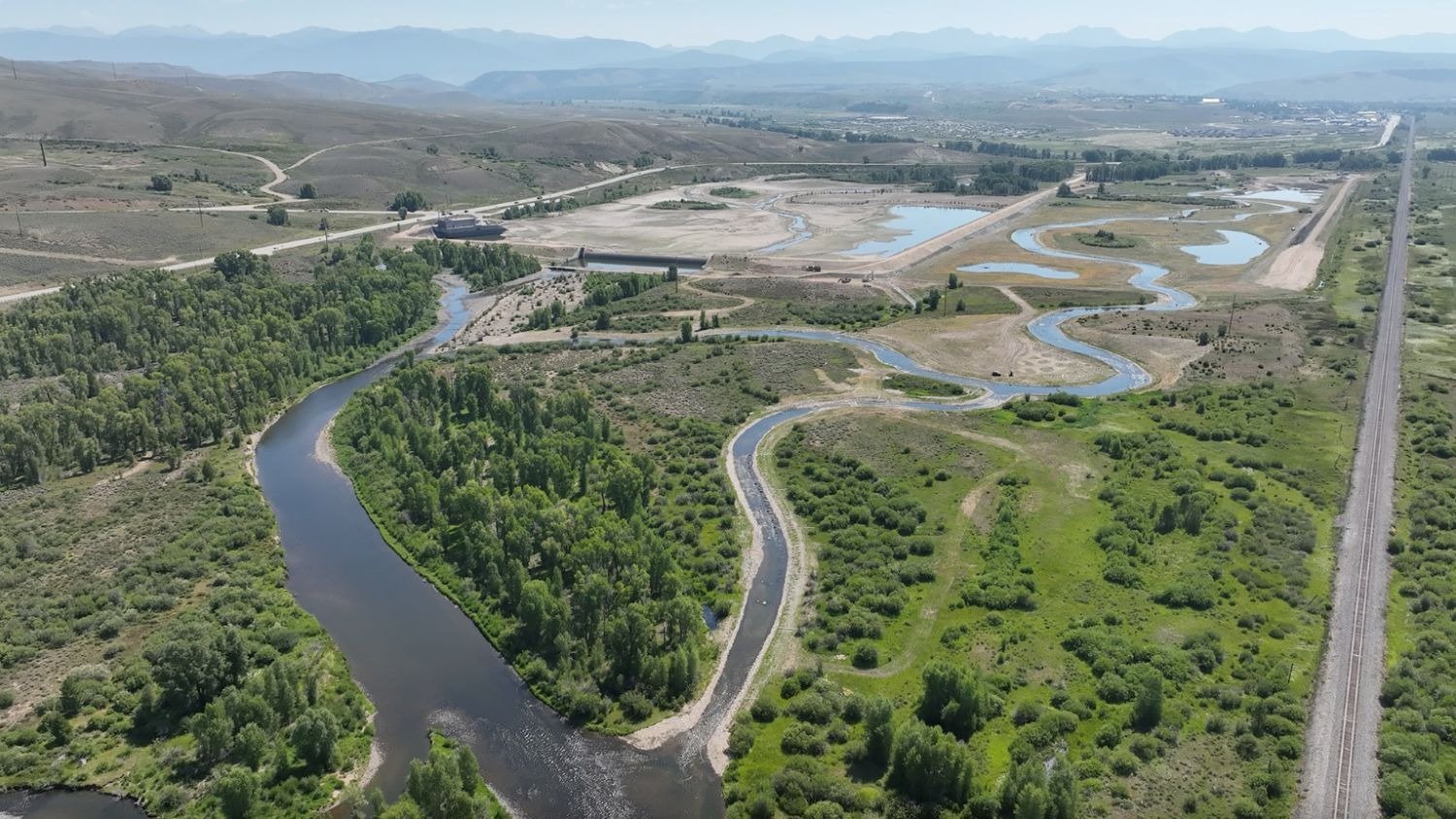COLORADO SPRINGS - Rocky Mountain states are growing faster than the rest of the nation and get less rain, stressing its water supply, which is already overtaxed in many places.
Climate changes are projected to reduce the amount of water available in the future.
Finally, transfers from agriculture, which still uses most of the water, to growing cities are evolving with innovative strategies, but the ultimate price might be the quality of life in the West, not just the sustainability of the water supply.
Those are conclusions reached in Colorado College’s 2007 State of the Rockies Report Card, released and discussed last week at a three-day conference.
The report looks at water issues of concern to the Arkansas Valley, including Aurora’s water rights purchases in the Arkansas Valley, water banking and a proposed water lease management program.
“The ultimate question is, ‘Can small farms and the communities around them thrive with continued water transfers?’ ” said Tyler McMahon, a Colorado College senior who spent nearly a year researching water issues. McMahon and Matthew Reuer, technical director for the Report Card, wrote a chapter on water sustainability in the report.
McMahon presented the report on a panel that included Gary Bostrom, Colorado Springs Utilities projects manager; Melinda Kassen, Trout Unlimited Western Water Project managing director; and Kay Brothers, deputy general manager for the South Nevada Water Authority.
A crowd of about 100 peppered the panel with questions about growth, development and sustainability of the West’s water supply.
The Rocky Mountain states - Arizona, Colorado, Idaho, Montana, Nevada, New Mexico, Utah and Wyoming - receive less rain and withdraw more water than any other region of the United States, McMahon explained.
Overall, water withdrawals - through diversions, transfers or wells - peaked in 1980. Since then, agricultural use has decreased slightly, power generation has remained steady and urban use has climbed.
Unlike the rest of the country, the Rocky Mountain and Pacific states use most of the withdrawn water for irrigation. In the rest of the country, most is applied to electric power generation. The amount withdrawn for cities is the second-leading use in the West, but a distant third in most of the country. The problem is, the growth is not always occurring where the water is. Coupled with pressures on the agricultural communities - the loss of about 150,000 acres of irrigated land every decade - urban growth and revised estimates of how much water is available, changes could be devastating for rural communities, McMahon said.
“I was impressed by the amount of water used by irrigation and the effect moving that kind of water could have, especially on areas that are less diverse economically, like the Lower Arkansas Basin,” McMahon said.
Outside of Pueblo, about 6 percent of the valley’s economy is driven by farm income, a high percentage for the state.
The ray of hope may be ways to share water, including water banking, interruptible supply, alternative crop patterns or lease agreements.
In the Arkansas Valley, the Upper Arkansas Water Conservancy District is looking at reviving a water bank concept. A water bank in Idaho has worked successfully since 1930 and could be a model, McMahon said.
Meanwhile, the “Super Ditch,” a rotational fallowing, lease management program being studied by the Lower Arkansas Valley Water Conservancy District could bring seven mutual ditch companies together in a groundbreaking program that would allow irrigators to lease water to cities on their own terms.
“Concepts like the Super Ditch show that the water can still be shared and are a very positive trend,” McMahon said.
Still, the West will struggle as each state deals with different water laws, supply needs and conservation strategies to cope.
Las Vegas pays cash for grass, Tucson has the steepest block rate structure in the West and Denver is combing its system for leaks to recover unaccounted water.
The report also talks about climate change. Snowpack in the Rockies could decrease by 50 percent in the period from 1976-2085, while average temperatures rise and rainfall, at least in Colorado, stays roughly the same.
“Conservation and creative water sharing methods can potentially benefit the Rockies’ people, land and environment, but the demands of a growing population will likely create new tension,” McMahon wrote in the report. “How this limited, variable and potentially shrinking supply is managed . . . will largely determine not only the sustainability but also the livability of the Rockies so valued by millions of residents and visitors alike.”








